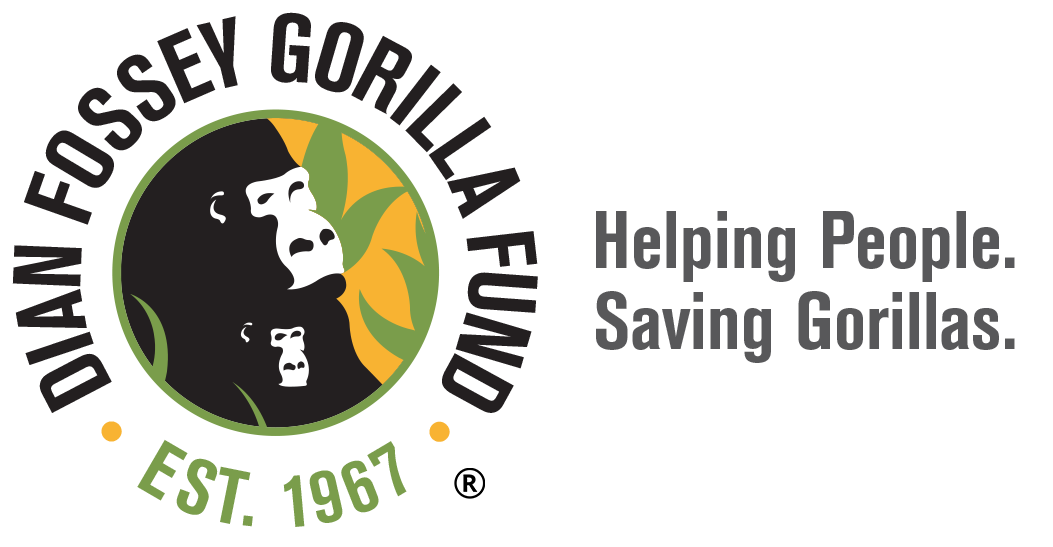Scientific Research
Critical to Conservation Strategy
The Dian Fossey Gorilla Fund operates the longest-running gorilla research site in the world, founded by Dr. Dian Fossey in 1967.
Science is a critical part of our work, because it provides important information about the gorillas as well as the other animals and plants in the forest ecosystems they all share. This helps our staff and park management develop the most-effective conservation strategies, as we learn about gorilla life, ecology, health, genetics and more. Our research also helps us understand the best ways to protect the critical forest habitats where gorillas live, which are important to the health of the whole planet.
Studying Mountain Gorillas in Rwanda
Our scientific studies of mountain gorillas began when Dian Fossey came to Africa in 1967, at the urging of famed anthropologist Louis Leakey. Dr. Fossey established the Karisoke Research Center in 1967 and began her groundbreaking research on gorilla behavior.
Our work is now the world’s longest-running gorilla research site and includes cutting-edge, award-winning science on gorillas, their habitat and more. Our staff in Rwanda spend thousands of hours each year collecting basic information on all aspects of gorilla life, including ranging patterns, changes in group composition (such as births, deaths and transfers), feeding and social behavior, health status, and major events such as dominance shifts and group interactions. We also study other animals and plants in the forest. Our databases are used by the Rwandan government, local partners and scientists from around the world to answer critical questions about the gorillas and many aspects of conservation.
Click here to read about a study on mountain gorilla population growth.

Studying Grauer’s Gorillas in Congo
Unlike the mountain gorillas, Grauer’s gorillas, found only in the Democratic Republic of the Congo, have not been well studied and little detail is known about their behavior, ecology and habitat requirements. We are currently collecting data so that we can understand their ranging patterns, genetic diversity, diet, and population density, all of which is key information for developing effective conservation strategies. We are also researching many other aspects of their ecosystem. Click here to read about a study using remote cameras in the forest to help us study these gorillas.

Studying Other Animals and Plants in Gorilla Habitat
Gorillas in Rwanda and DR Congo live in areas that have some of the richest biodiversity in the world, with many important species found only in these places. The Dian Fossey Gorilla Fund has been actively monitoring and studying many of these other animals and plants for years. For example, gorillas rely on certain plants for their food needs, as do many of the other animals in the forest. Changes in food-plant availability may be one of the earliest observed responses to rapid global climate change and could potentially have serious consequences for many animals.


Some of the biodiversity we study includes:
- Golden monkeys – the only other primate living with the mountain gorillas
- Key food plants for mountain gorillas, Grauer’s gorillas and golden monkeys
- Amphibians and wetlands – good indicators of overall ecosystem health
- Common bird species – a reliable sign of biodiversity
- Plants and animals on our Ellen DeGeneres Campus in Rwanda



